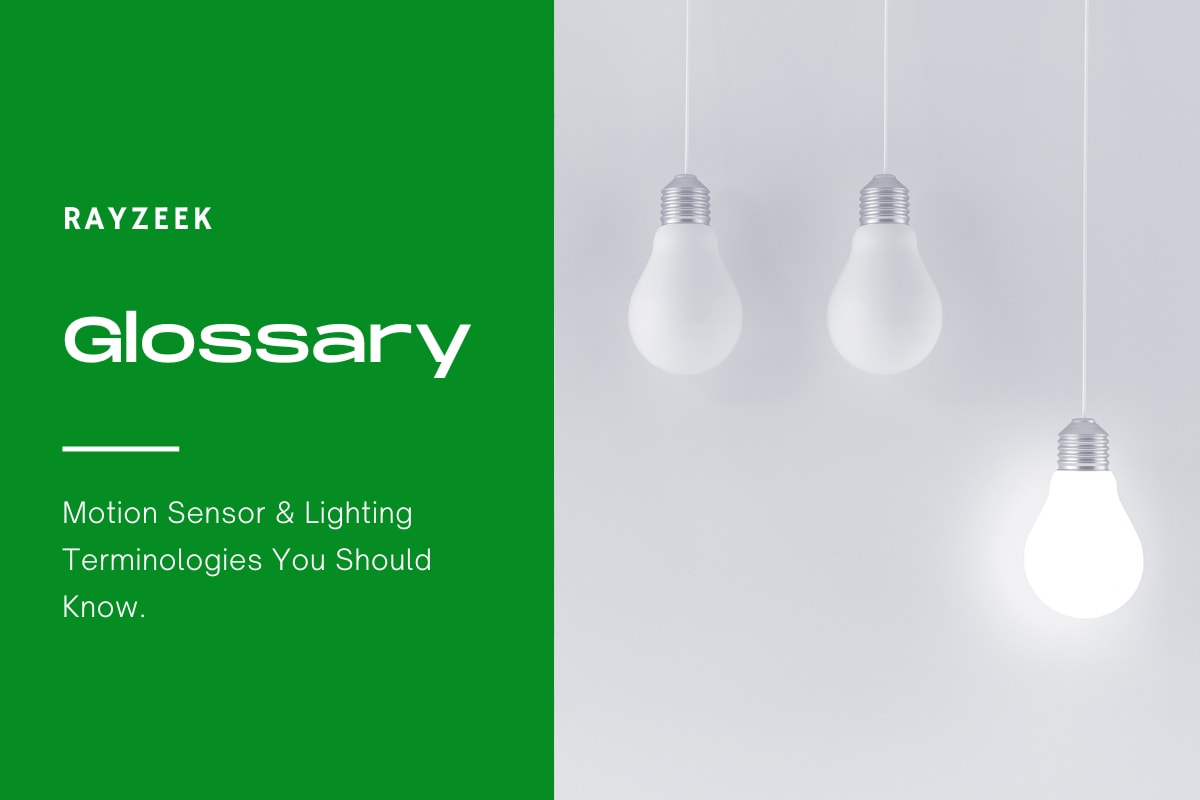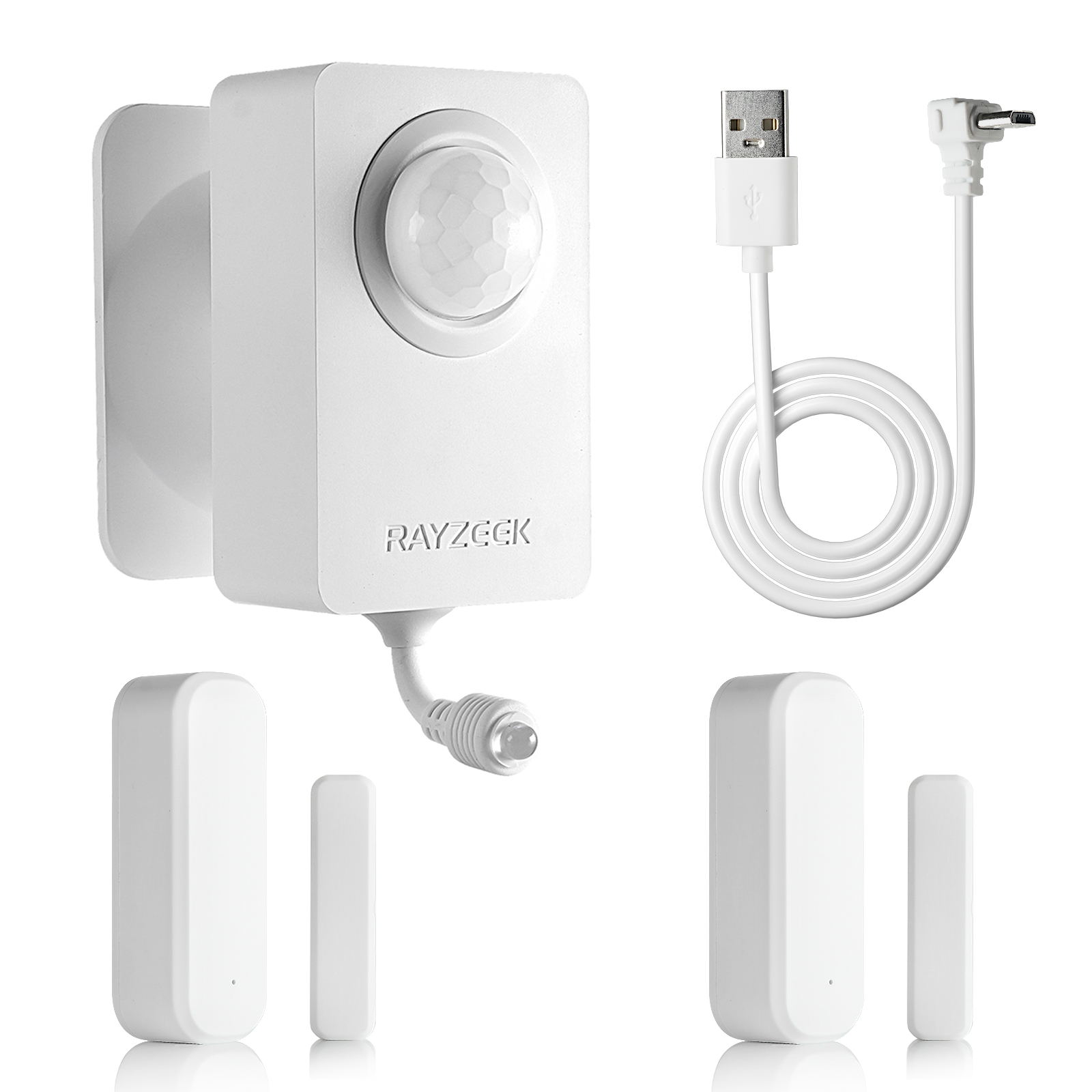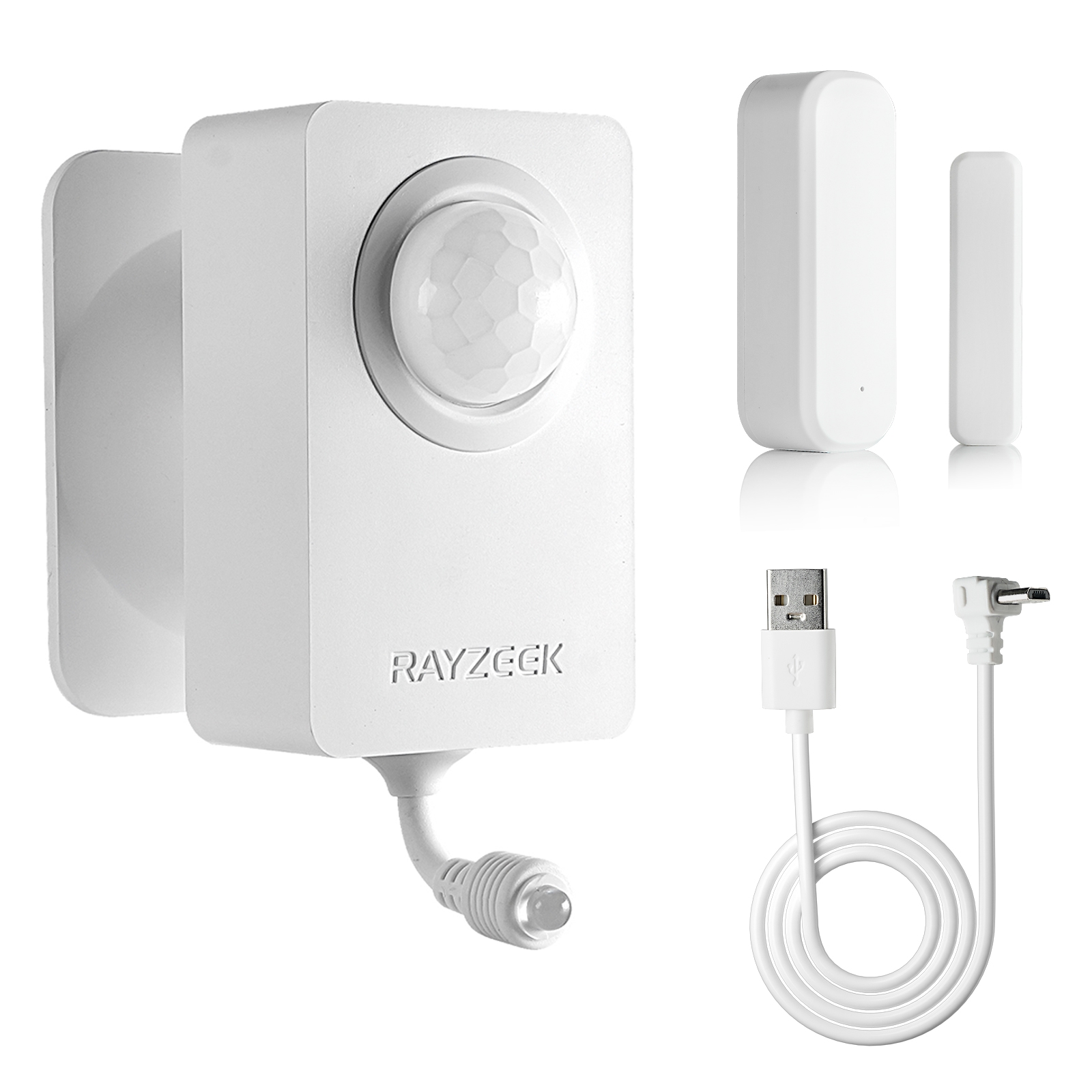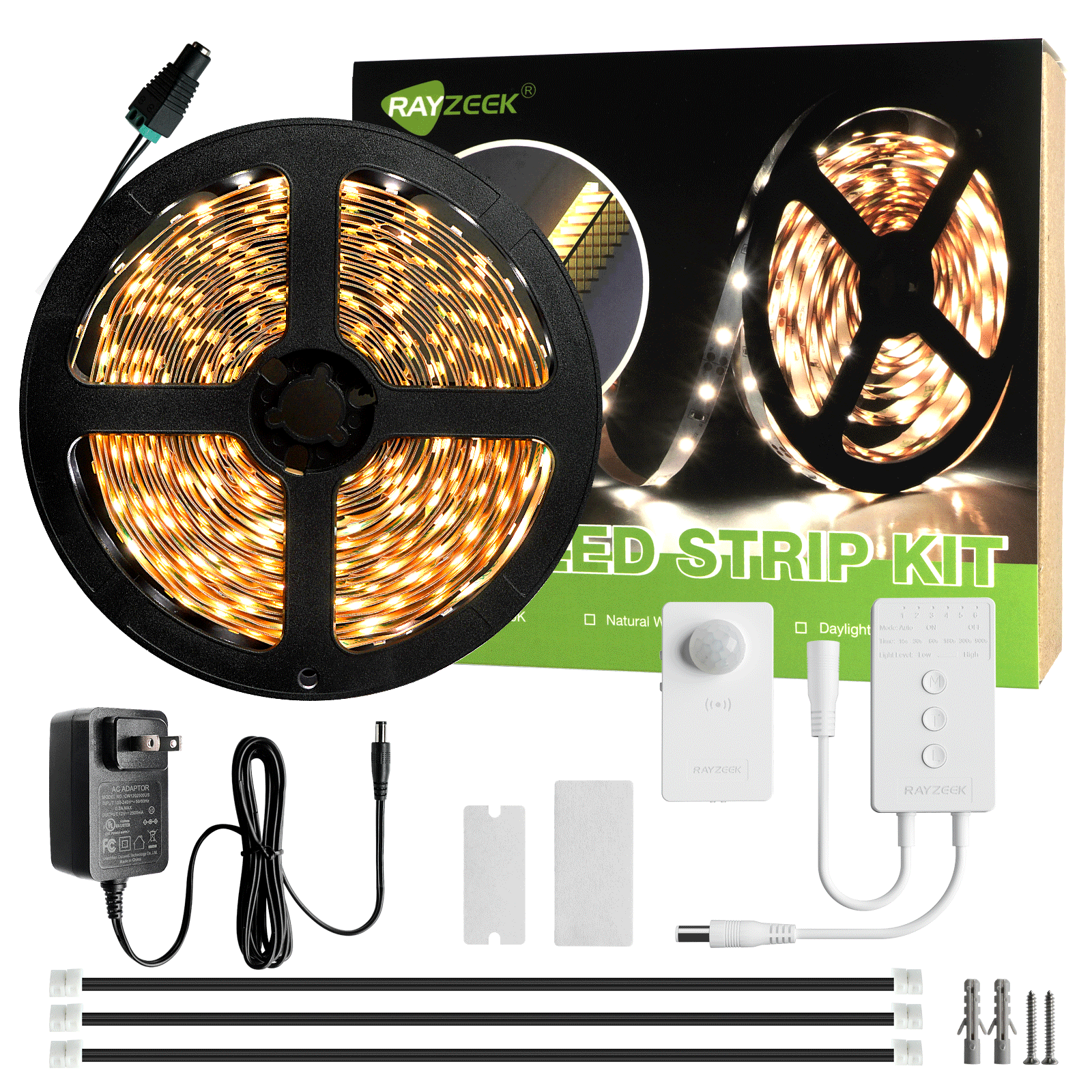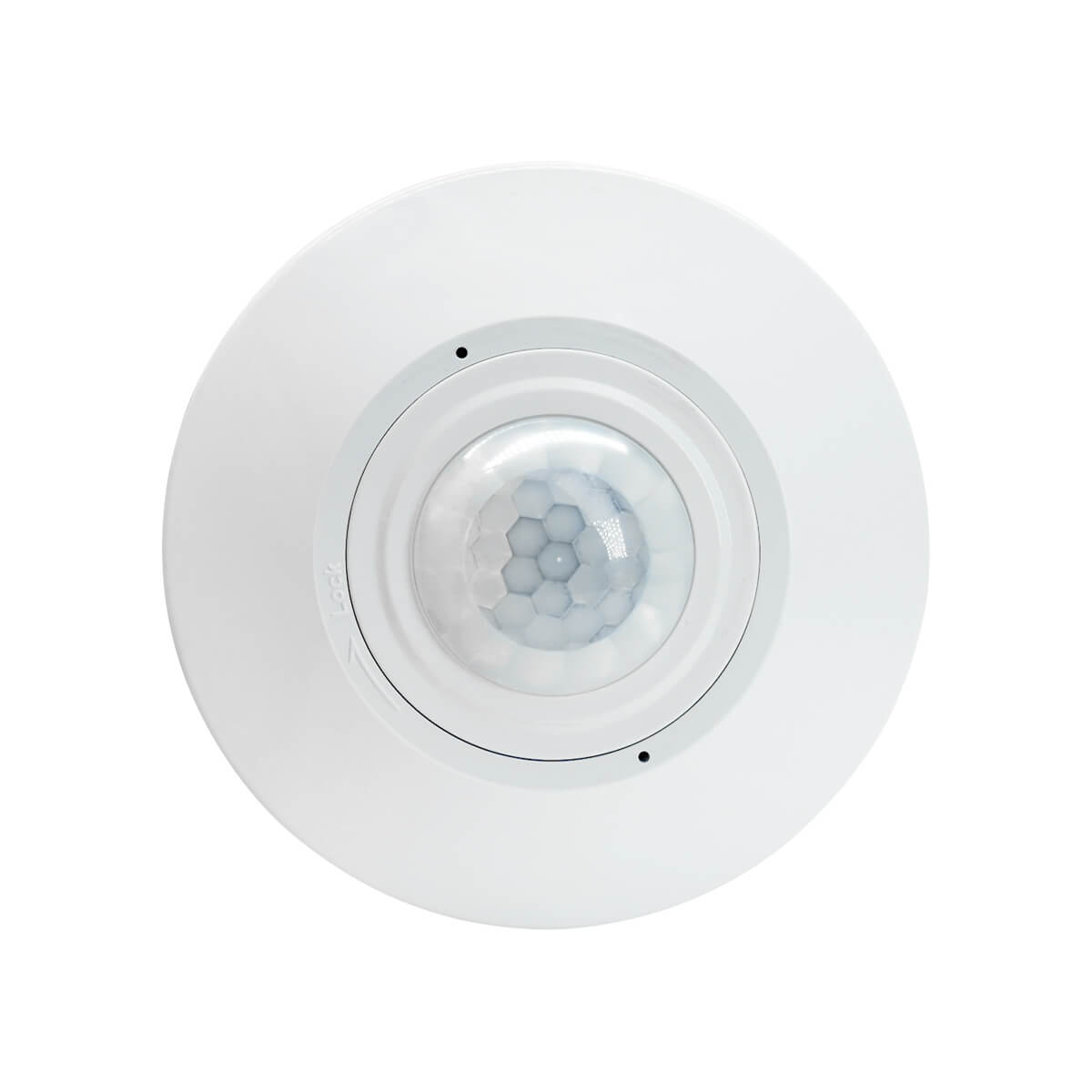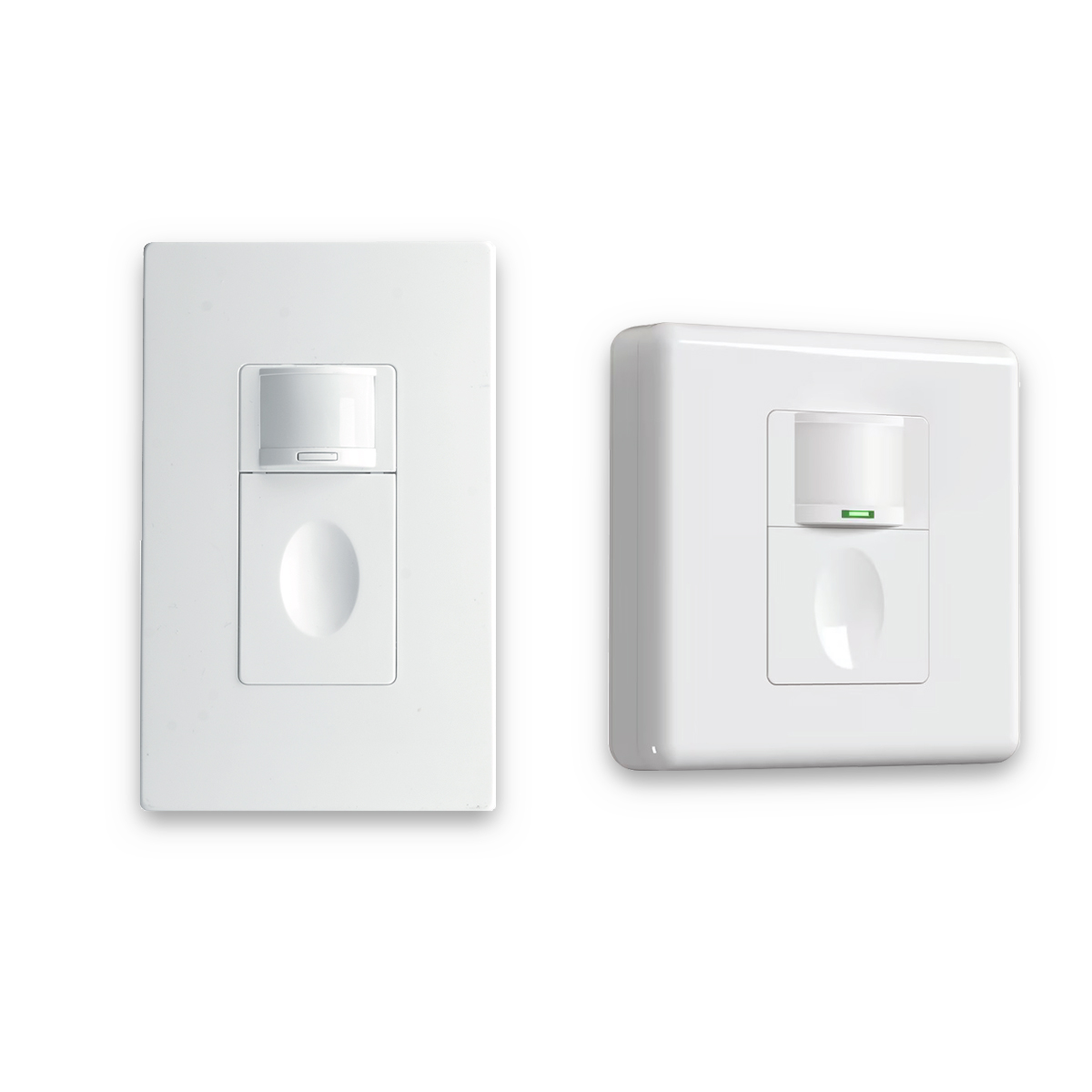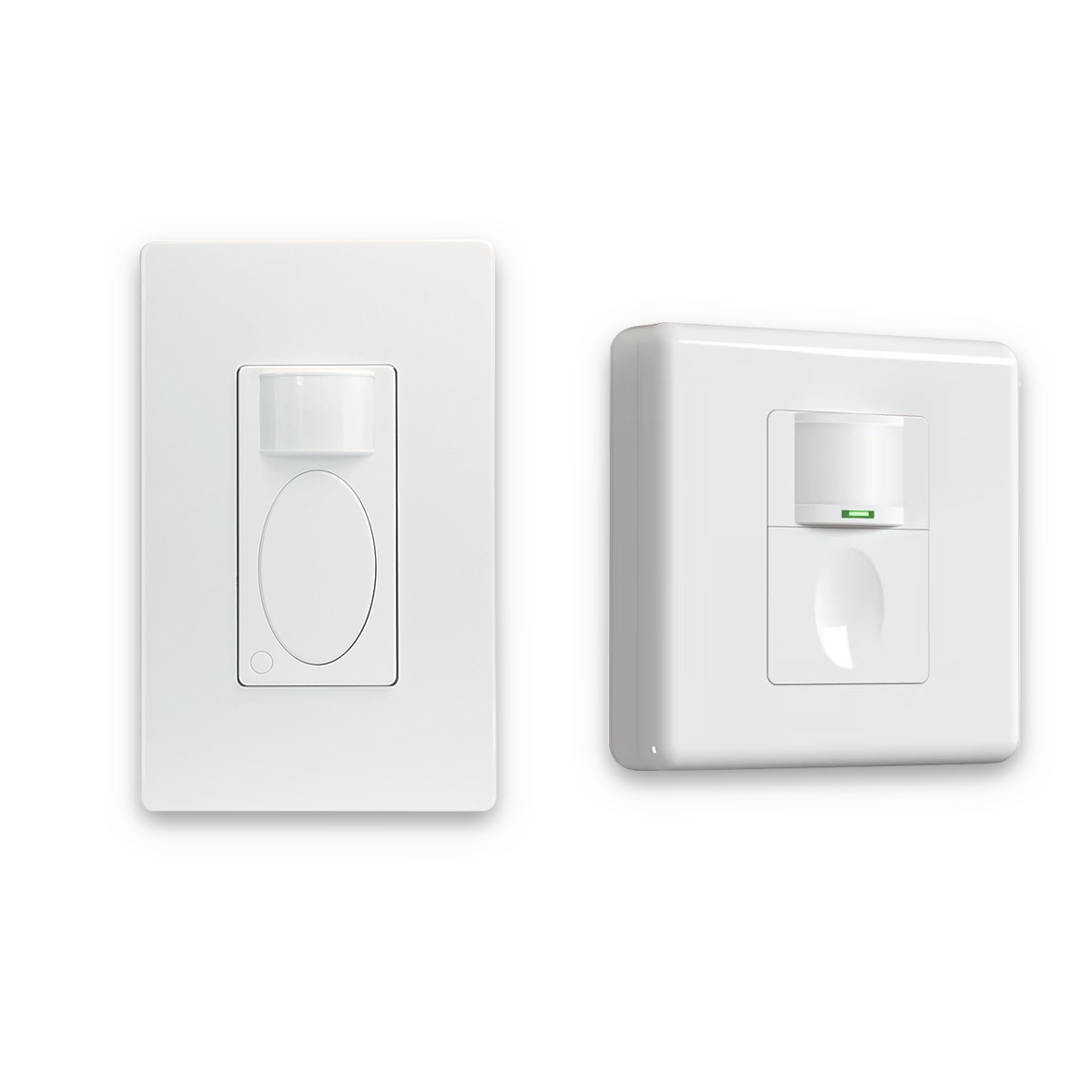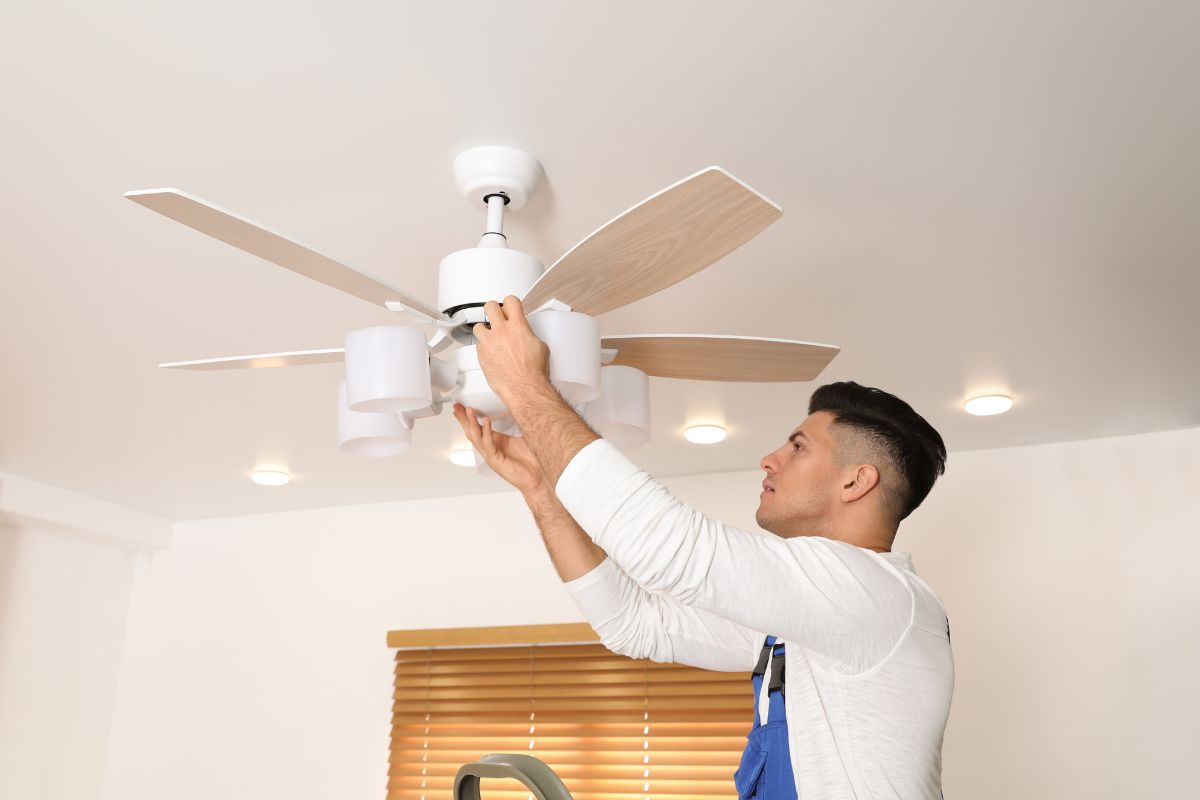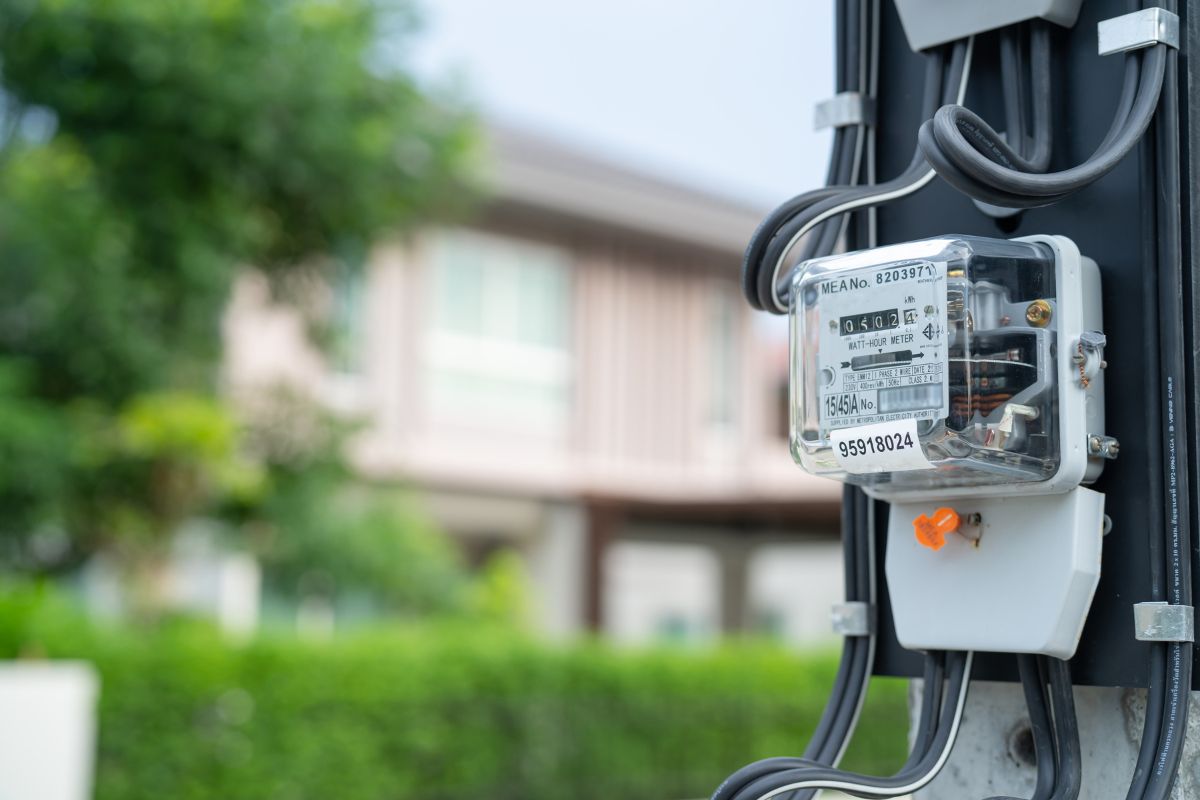Co je řízení osvětlení
Řízení osvětlení je systém nebo technologie, které se používají k regulaci a manipulaci s intenzitou světla a teplota barev v určité oblasti. Tyto ovládací prvky pomáhají dosáhnout energetické účinnosti, vytvářet různé světelné scény a zvyšovat uživatelský komfort.
Existují dva hlavní typy ovládání osvětlení: manuální ovládání a inteligentní ovládání. Ruční ovládání je nejzákladnější a nejrozšířenější formou ovládání osvětlení. Zahrnuje manuální vstupy, jako např. spínače světel a stmívače, které umožňují uživatelům ovládat úroveň světelného výkonu nad rámec jednoduchého zapnutí/vypnutí. Například stmívací spínače umožňují uživatelům vytvářet různé světelné scény a šetřit energii nastavením světelného výkonu. Inteligentní ovládací prvky osvětlení se v průběhu let vyvinuly tak, aby zahrnovaly pokročilé technologie a poskytovaly rozšířené funkce. Tyto řídicí prvky mohou spolupracovat s dalšími systémy v budově a poskytovat užitečné údaje uživatelům prostoru. Nabízejí flexibilitu v neustále se měnících budovách a vyhovují individuálním potřebám lidí v různých prostorách, čímž optimalizují uživatelský komfort.
Hledáte řešení úspory energie aktivované pohybem?
Obraťte se na nás pro kompletní PIR senzory pohybu, produkty pro úsporu energie aktivované pohybem, spínače se senzorem pohybu a komerční řešení pro detekci přítomnosti/volnosti.
K energetické účinnosti přispívá také ovládání osvětlení, které uživatelům umožňuje regulovat intenzitu světla podle konkrétních požadavků daného prostoru. Zavedením řízení osvětlení mohou jednotlivci i organizace minimalizovat náklady, dosáhnout stavebních norem a kritických cílů udržitelnosti.
V rámci vývoje řízení osvětlení se koncem 90. let objevily otevřené protokoly, jako je DALI (Digital Addressable Lighting Interface). DALI a jeho novější verze DALI-2 slouží jako otevřené standardy pro osvětlení, které zlepšují interoperabilitu a umožňují interakci osvětlovacích systémů s komponenty od různých výrobců.
Bezdrátová technologie byla začleněna také do ovládání osvětlení. Bezdrátové ovládání osvětlení využívá rádiové vlny pro komunikaci mezi různými zařízeními, čímž se eliminuje potřeba pevného vedení nízkého napětí. Tato bezdrátová síť umožňuje snadné a bezpečné přidávání, odebírání a výměnu zařízení. Jako rádiová technologie s nízkou spotřebou energie a krátkým dosahem pro bezdrátové ovládání osvětlení se běžně používá technologie Bluetooth Low-Energy (BLE).
Možná máte zájem o
V moderních systémech řízení osvětlení hraje významnou roli automatizace. Různé senzory, jako např. pohybové senzory, infračervené (IR) senzory záření a zvukové senzory umožňují automatické zapínání a řízení úrovně osvětlení v určitých oblastech. Software a aplikace nabízejí široké možnosti konfigurace chování systémů řízení osvětlení.

